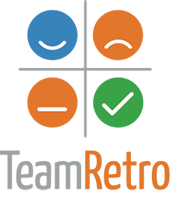Why Run Fun Agile Retrospective?
Running fun agile retrospectives can help inject fresh perspectives into your meetings. They can also help address bad habits or antipatterns.
Fun agile retrospectives still support your team’s continuous improvement journey as they come together to connect, reflect and improve. They continue to deliver the benefits of traditional retrospectives such as –
- Giving your team the space to safely engage in healthy dissent and shape next steps.
- Empowering teams through collaboration to solve problems and own the process.
- Regularly identifying and addressing any problems before they escalate.
Fun agile retrospectives also –
- Tap into your team’s creative side.
- Help your team consider their sprint from a fresh perspective.
- Inject an element of fun in your retrospective meeting.
- Change the focus of the retrospective.
If you sense your team is not really engaging with their traditional retrospective or simply on ‘retro-autopilot’ then try one of these alternative agile retrospectives.
Our Fun and Easy Retrospectives
Our team has hand-picked our top four fun retrospectives to help your team reflect and improve.
- Starfish retrospective
An action and behavior-based retrospective that improves the way the team works.
- Anchors and engines retrospective
For addressing velocity and progress based on what is driving and slowing down the team.
- Sailboat retrospective
A goal-oriented retrospective that helps steer your team in the right direction
- Hot air balloon retrospective
Take a higher-level view that also acknowledges the team.
Tips for effective agile retrospective
- Create a regular cadence by locking in a recurring meeting time
- Make the retrospective template available before the meeting. This will give team members time to consider their responses and address recency bias.
- Allow anonymous input to promote honesty and foster psychologically safety.
- Rotate the meeting facilitator amongst the team.
- Use technology to involve critical people in different locations, and easily capture input and actions.
- Minimize Groupthink by brainstorming ideas individually then combining issues to get the overall picture.
- Communicate outcomes to team members, and follow up on actions.
What is a Starfish Retrospective?
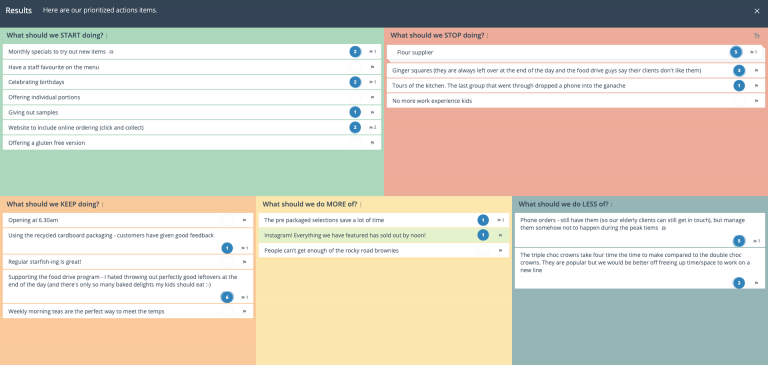
The starfish retrospective was designed by Patrick Kua. It offers a different lens through which a group may review their work. It helps them to think about the varying degrees of the value of their actions and efforts.
In other words, unlike more traditional retrospectives, the starfish retrospective goes beyond creating a list of what happened or didn’t happen. It invites a group to think about and assess the practices that generated value. In doing so, the group can decide which should receive more energy and which should receive less. This then informs the group’s next steps.
Given that the focus of the starfish retrospective is on ‘current practice’, it’s best run after a number of retrospectives have occurred. This gives the group a greater timeframe of activity for them to consider. The starfish retrospective focuses on five areas:
- What should we start doing?
- What should we stop doing?
- What should we keep doing?
- What should we do more of?
- What should we do less of?
Why Do a Starfish Retrospective?
Using a starfish retrospective helps a group refine their actions for future sprints. With it, they can examine the ‘how’ and the ‘what’ they do. This could include how they work within the organization and the way they work together as a team.
With this in mind, GroupMap’s starfish retrospective does more than support your team’s review of their last sprint. It helps you reinforce healthy workplace habits by empowering your team to pursue their own continuous improvement.
Starfish Retrospective Template
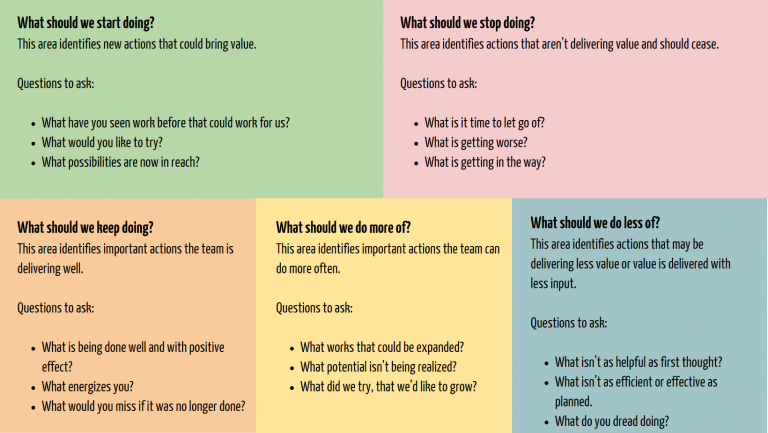
What is Anchors and Engines Retrospective?
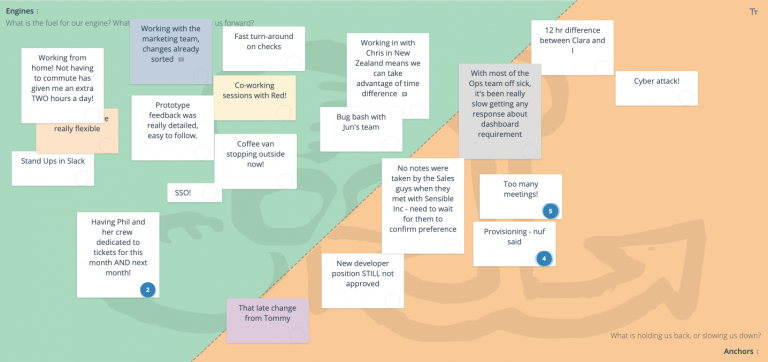
The anchors and engines agile retrospective is the perfect tool to use when you want to review the velocity of a project. It aims to identify the things that are impacting your team’s productivity.
The anchors and engines retrospective is intentionally simple. The team can share what is slowing them down (anchors) and speeding them up (engines). This could include difficulties with sticking to the critical path, meeting agreed outputs, or delivering goals. GroupMap’s anchors and engines retrospective focuses on two areas:
- Anchors
- Engines
Why Do an Anchors and Engines Retrospective?
Using an anchors and engines agile retrospective helps teams shape the next steps with the end goal in full view. It is a great tool for teams who might be in the middle of the project and finding that their progress has not been what they would like it to be or where people have experienced frustrations. The anchors and engines retrospective allows you to identify barriers so they can be addressed.
Anchors and Engines Retrospective Template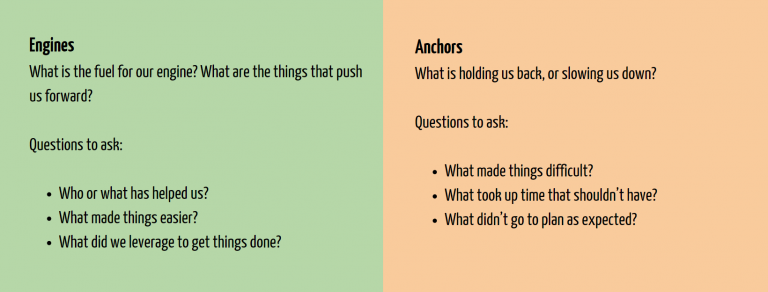
What is a Hot Air Balloon Retrospective?
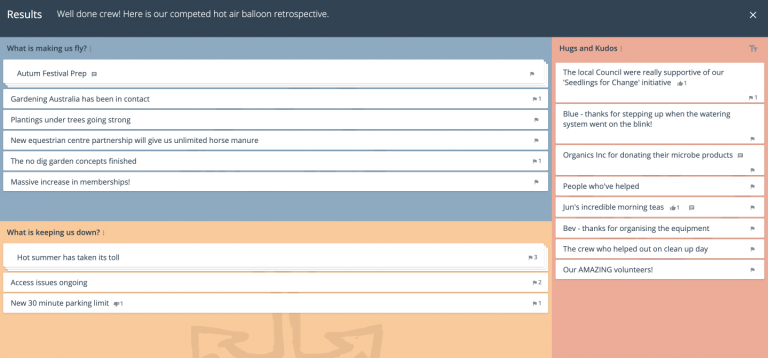
The hot air balloon retrospective is a simple, creative take on traditional retrospectives. Like the agile and 4Ls retrospectives, the hot air balloon retrospective supports the continuous improvement of a product or program.
A hot air balloon is used as a metaphor to help identify specific elements of a team’s most recent work, sprint or iteration. Additionally, it recognizes and acknowledges the effort of team members. GroupMap’s hot air balloon retrospective focuses on three areas:
Why Do a Hot Air Balloon Retrospective?
Using a hot air balloon retrospective can change up your retrospective game. It helps you reinforce a positive working environment by inspiring your team to recognize the efforts of others and helps you understand what is lifting them up, and dragging them down. It helps to improve the morale of the workplace and the team. By knowing this, your role as the Scrum Master can help remove the weights that are dragging or slowing them down and find ways to lift them up. Examples of things that are keeping us down could be some unnecessary bureaucracy, waiting on approval that may have slipped through the cracks or lack of automated testing. Examples of what is making us fly could be great tooling, process quality or efficient decision making processes.
- What is making us fly?
- What is keeping us down?
- Hugs and kudos
Hot Air Balloon Retrospective Template
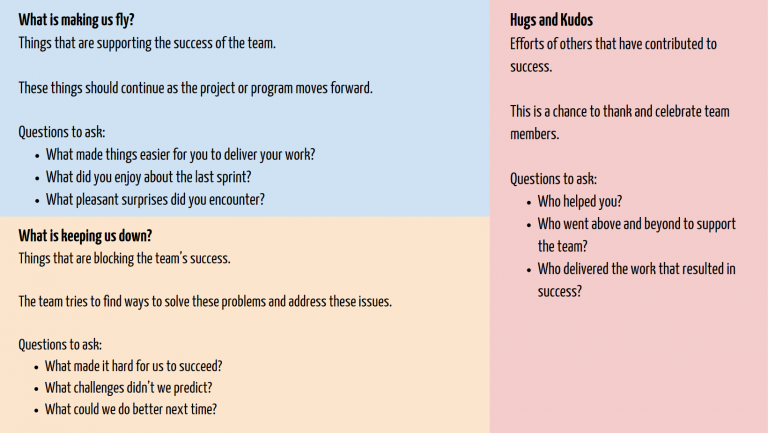
What is a Sailboat Retrospective?
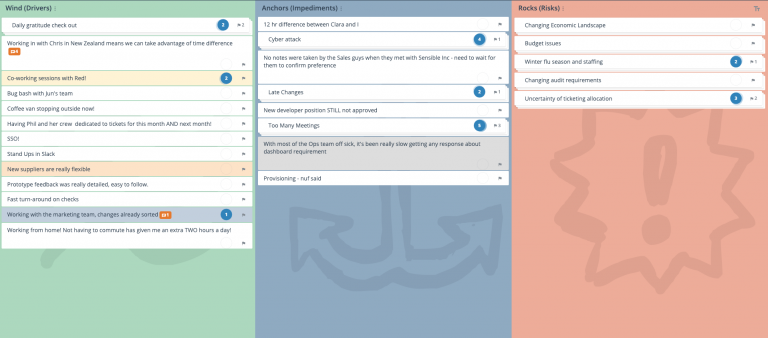
The sailboat retrospective is a great way to reflect on the goals of a sprint while keeping risks in mind. The retrospective uses a sailboat as a metaphor and is a great way of addressing issues relating to a specific goal.
The sailboat retrospective focuses on three areas:
- Wind
- Anchors
- Rocks
The neat thing about this format is that it can be used both as a retrospective or futurespective mindset.
In a retrospective format, the team thinks about their goal for the current sprint. They share things that slowed them down (anchors), sped them up (wind), and hazards or issues along the way (rocks). This gives them a shared experience that helps them tackle the next sprint with more confidence.
In a futurespective format, the goal of the next sprint is shared. Then the team brainstorms the potential anchors, wind and rocks that might come up. They can then create actions associated with this.
Why Do a Sailboat Retrospective?
A sailboat retrospective is a useful futurespective exercise. It is a simple technique that could be used by agile teams of all levels of experience. It helps teams shape next steps that leverage drivers (wind), reduce hindrances (anchors), and navigate around risks (rocks).
Using the sailboat metaphor helps the team tap into their creative side. It encourages them to view their context differently. In doing so, they are encouraged to come up with different solutions to address any challenges.
A team can use the sailboat retrospective to capture the broad range of factors affecting their success. Together, they can clearly define the next steps they agree to follow to reach their goal as quickly as possible.
Like our other retrospectives, it supports forward planning while learning from the past. Importantly, the sailboat retrospective helps you to identify risks so they can be avoided or addressed.
Sailboat Retrospective Template
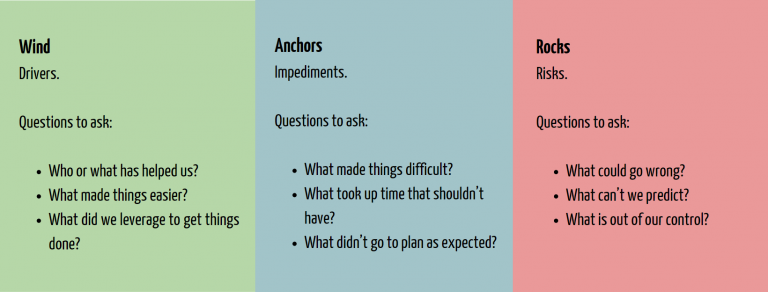
Who Should Use a Fun Retrospective?
Agile software development teams were the first to use retrospectives. However, with agile practices now used across a number of industries, the fun agile retrospectives can be applied to almost any undertaking.
Our fun agile retrospectives are broadly used brainstorming tools. They could be used to support a team’s regular review of –
- a project
- a process
- a program
that they wish to improve.
As such, fun agile retrospectives could be used by:
- Scrum Masters
- Iteration Managers
- Innovation Officers
- Team Leaders
- Program Coordinators
Anyone overseeing a team who is looking to support their continuous improvement would benefit from their use.
How to Run a Fun Agile Retrospective
To make your retrospective fun, introduce the change of the format with energy and a reason as to why you are using an alternative agile retrospective format. Introducing a theme, adding some background music or images or other novelty can certainly add a new dimension and energy to the meeting.
Because it might be a change from the standard agile retrospective, it would be worth a quick explanation of the angle of the retrospective and the new format.
In the case of remote and distributed teams, it can be difficult to get everyone together in the same room at the same time. Delivering the retrospective online is the ideal way of engaging all team members. Screen sharing software, video conferencing, and online collaboration tools such as GroupMap allow facilitators to deliver inclusive retrospectives.
How to Use a Fun Template to Run a Better Retrospective
Brainstorm
Discuss and populate each section of the agile retrospective template.
Group
Discuss and group any common themes.

Vote
Vote on the key ideas you wish to action.

Action Plan
Identify actions for each priority idea. Assign responsibility and timeframes to a group or individual.
Share
Share the outcomes of the session, including the action plan, to relevant stakeholders.
Revisit the “Prime Directive” to lay the ground rules and establish expectations for behavior during the retrospective meeting.
Regardless of what we discover, we understand and truly believe that everyone did the best job they could, given what they knew at the time, their skills and abilities, the resources available, and the situation at hand.
Ideas may be gathered individually or as a group using a whiteboard, sticky notes, Google Docs, or a specialized online collaboration tool such as GroupMap.
Start by capturing ideas for the first area and then move on to the other sections. Each idea should be made visible to everyone, discussed, clarified, and challenged where necessary, to ensure all participants have a shared understanding.
It’s important to drill down to the foundation of each idea and support it with data where possible.
Organize the ideas by removing duplication, combining those which are thematically similar, and discarding any which aren’t in scope.
The final statements should be specific and actionable, rather than just general opinions.
With the template fully populated, the team votes on which ideas provide the greatest opportunity for value and therefore should be actioned.
The usual method of voting is to give each team member between one and five votes which they allocate to those issues they feel are the most critical to address.
The result is a visual indication of the team’s priorities.
Develop solutions for priority issues and identify what actions to take. The key to this step is to focus on a few critical activities that can deliver the most value, rather than try and do everything all at once.
It’s important to assign measurable goals or success criteria to each action so progress can be assessed in subsequent meetings.
Compile and distribute the final list of priorities and actions required of team members to:
- Ensure everyone is clear on what needs to happen and by when
- Provide a roadmap for action over the next part of the project
- Assess progress at the next retrospective.
GroupMap automatically generates visually appealing reports and action plans in several formats for distribution, saving time and effort after the analysis.
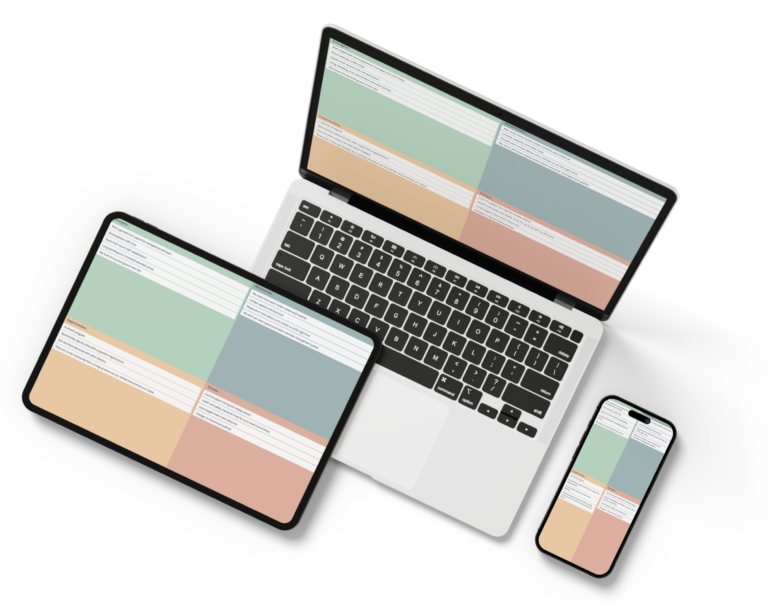
Save Effort, Time and Money with GroupMap
GroupMap offers more than just an online digital whiteboard—it’s innovative platform is designed to enhance the quality of your team’s decisions. With features that prevent bias and make facilitation seamless, GroupMap ensures no single voice dominates and ensures productive, inclusive conversations.
Its intuitive interface is easy for anyone to use, and its scalable design supports small teams and large groups whether they are face to face or around the globe. Customisable templates and workflows keep discussions focused on objectives, helping you drive actionable outcomes each and every time.
Create your first map and invite people in to start sharing their thoughts NOW.
Experience the power of GroupMap with our FREE 14 day trial.
Your free trial gives you access to all of our features, no credit card required.

